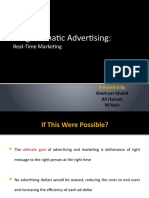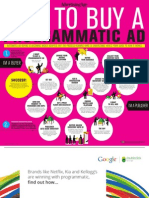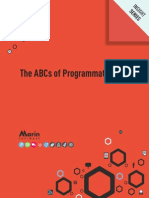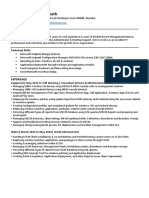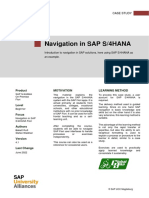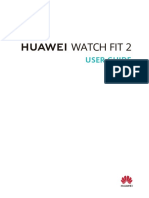0% found this document useful (0 votes)
113 views21 pagesAd Tech Slides For Chapters 5-6
Uploaded by
saithjeetsinghCopyright
© © All Rights Reserved
We take content rights seriously. If you suspect this is your content, claim it here.
Available Formats
Download as PPTX, PDF, TXT or read online on Scribd
0% found this document useful (0 votes)
113 views21 pagesAd Tech Slides For Chapters 5-6
Uploaded by
saithjeetsinghCopyright
© © All Rights Reserved
We take content rights seriously. If you suspect this is your content, claim it here.
Available Formats
Download as PPTX, PDF, TXT or read online on Scribd
/ 21

